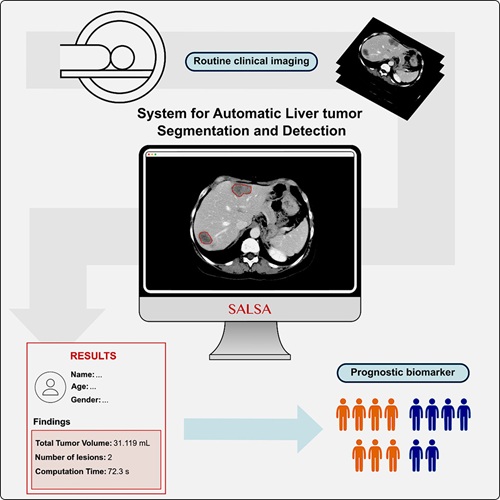Regional PACS Network Use Tied to Lower Repeat Rates, Costs, and Less Radiation Exposure
|
By MedImaging International staff writers Posted on 10 Sep 2012 |
According to new research, using a combination of the Internet and compact discs (CDs) to transfer images during interhospital transfer is linked with much lower repeat imaging rates, suggesting that regional picture archiving and communication system (PACS) networks may be useful for reducing cost and radiation exposure associated with trauma.
The establishment of regional trauma systems where patients are transferred from nontertiary emergency departments (EDs) to major trauma centers has been shown to improve survival. Transfer patients are often critically ill, with higher mortality rates and longer hospital stays than patients who undergo treatment at the hospital of first arrival. However, imaging utilization, especially computed tomography (CT) scans and X-rays, on transferred patients may be considered high.
“The purpose of our study was to evaluate the use of the Internet and immediate CD importation to transfer images to a level I regional trauma center on imaging repeat rate, cost, and radiation dose and compare this with previously published repeat rates, all of which are from trauma centers without the capability to electronically transfer images,” said Martin L. Gunn, MBChB, associate professor, body imaging and emergency radiology at the University of Washington (Seattle, WA, USAand author of the study.
Five hundred consecutive trauma patients transferred to a level I trauma center were included in the study. Images were transferred from an outside facility to the trauma center using the Internet and CDs and uploaded to the trauma center’s PACS. Repeat rate, costs, and radiation doses of transferred and repeated CT scans were calculated.
Four hundred ninety-one patients met the inclusion criteria. Three hundred eighty-three patients had 852 CT studies and 380 nonextremity X-rays imported into the trauma center’s PACS. At the trauma center, 494 completion CT scans and 2,924 X-ray studies were performed on these patients. Sixty-nine repeat CT scans were performed on 55 patients, equaling a 17% repeat rate. The total value of imported studies was USD 244,373.69. Repeat imaging totaled USD 20,494.95.
“Our study shows that repeat rates using electronic transfer of imaging are lower than those in the literature and that because of this, patients are exposed to less radiation and the imaging charges are lower to the healthcare system as a whole,” concluded Dr. Gunn. “Further studies to evaluate the effect of this technology on transfer time and patient morbidity and mortality are necessary to accurately determine the full impact on healthcare costs and outcomes.”
The study’s findings were published in the September 2012 issue of the Journal of the American College of Radiology.
Related Links:
University of Washington
The establishment of regional trauma systems where patients are transferred from nontertiary emergency departments (EDs) to major trauma centers has been shown to improve survival. Transfer patients are often critically ill, with higher mortality rates and longer hospital stays than patients who undergo treatment at the hospital of first arrival. However, imaging utilization, especially computed tomography (CT) scans and X-rays, on transferred patients may be considered high.
“The purpose of our study was to evaluate the use of the Internet and immediate CD importation to transfer images to a level I regional trauma center on imaging repeat rate, cost, and radiation dose and compare this with previously published repeat rates, all of which are from trauma centers without the capability to electronically transfer images,” said Martin L. Gunn, MBChB, associate professor, body imaging and emergency radiology at the University of Washington (Seattle, WA, USAand author of the study.
Five hundred consecutive trauma patients transferred to a level I trauma center were included in the study. Images were transferred from an outside facility to the trauma center using the Internet and CDs and uploaded to the trauma center’s PACS. Repeat rate, costs, and radiation doses of transferred and repeated CT scans were calculated.
Four hundred ninety-one patients met the inclusion criteria. Three hundred eighty-three patients had 852 CT studies and 380 nonextremity X-rays imported into the trauma center’s PACS. At the trauma center, 494 completion CT scans and 2,924 X-ray studies were performed on these patients. Sixty-nine repeat CT scans were performed on 55 patients, equaling a 17% repeat rate. The total value of imported studies was USD 244,373.69. Repeat imaging totaled USD 20,494.95.
“Our study shows that repeat rates using electronic transfer of imaging are lower than those in the literature and that because of this, patients are exposed to less radiation and the imaging charges are lower to the healthcare system as a whole,” concluded Dr. Gunn. “Further studies to evaluate the effect of this technology on transfer time and patient morbidity and mortality are necessary to accurately determine the full impact on healthcare costs and outcomes.”
The study’s findings were published in the September 2012 issue of the Journal of the American College of Radiology.
Related Links:
University of Washington
Latest Imaging IT News
- New Google Cloud Medical Imaging Suite Makes Imaging Healthcare Data More Accessible
- Global AI in Medical Diagnostics Market to Be Driven by Demand for Image Recognition in Radiology
- AI-Based Mammography Triage Software Helps Dramatically Improve Interpretation Process
- Artificial Intelligence (AI) Program Accurately Predicts Lung Cancer Risk from CT Images
- Image Management Platform Streamlines Treatment Plans
- AI-Based Technology for Ultrasound Image Analysis Receives FDA Approval
- AI Technology for Detecting Breast Cancer Receives CE Mark Approval
- Digital Pathology Software Improves Workflow Efficiency
- Patient-Centric Portal Facilitates Direct Imaging Access
- New Workstation Supports Customer-Driven Imaging Workflow
Channels
Radiography
view channel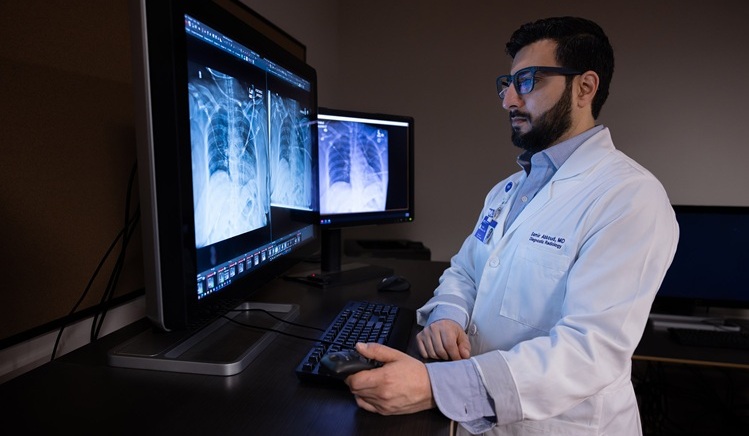
AI Radiology Tool Identifies Life-Threatening Conditions in Milliseconds
Radiology is emerging as one of healthcare’s most pressing bottlenecks. By 2033, the U.S. could face a shortage of up to 42,000 radiologists, even as imaging volumes grow by 5% annually.... Read more
Machine Learning Algorithm Identifies Cardiovascular Risk from Routine Bone Density Scans
A new study published in the Journal of Bone and Mineral Research reveals that an automated machine learning program can predict the risk of cardiovascular events and falls or fractures by analyzing bone... Read more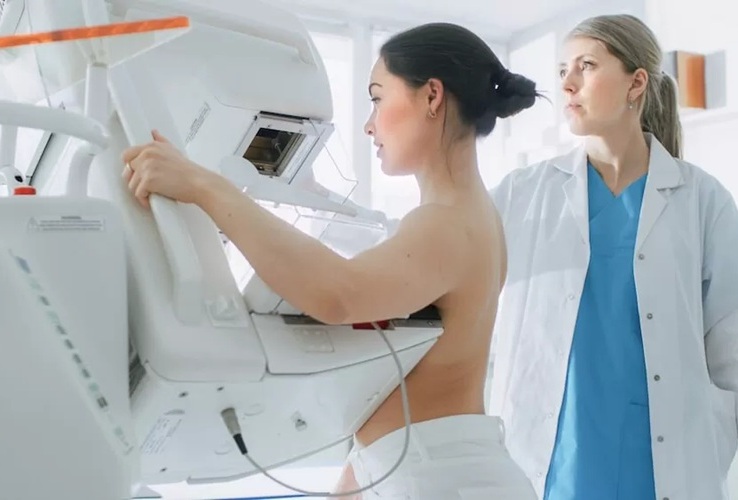
AI Improves Early Detection of Interval Breast Cancers
Interval breast cancers, which occur between routine screenings, are easier to treat when detected earlier. Early detection can reduce the need for aggressive treatments and improve the chances of better outcomes.... Read more
World's Largest Class Single Crystal Diamond Radiation Detector Opens New Possibilities for Diagnostic Imaging
Diamonds possess ideal physical properties for radiation detection, such as exceptional thermal and chemical stability along with a quick response time. Made of carbon with an atomic number of six, diamonds... Read moreMRI
view channel
New MRI Technique Reveals Hidden Heart Issues
Traditional exercise stress tests conducted within an MRI machine require patients to lie flat, a position that artificially improves heart function by increasing stroke volume due to gravity-driven blood... Read more
Shorter MRI Exam Effectively Detects Cancer in Dense Breasts
Women with extremely dense breasts face a higher risk of missed breast cancer diagnoses, as dense glandular and fibrous tissue can obscure tumors on mammograms. While breast MRI is recommended for supplemental... Read moreUltrasound
view channel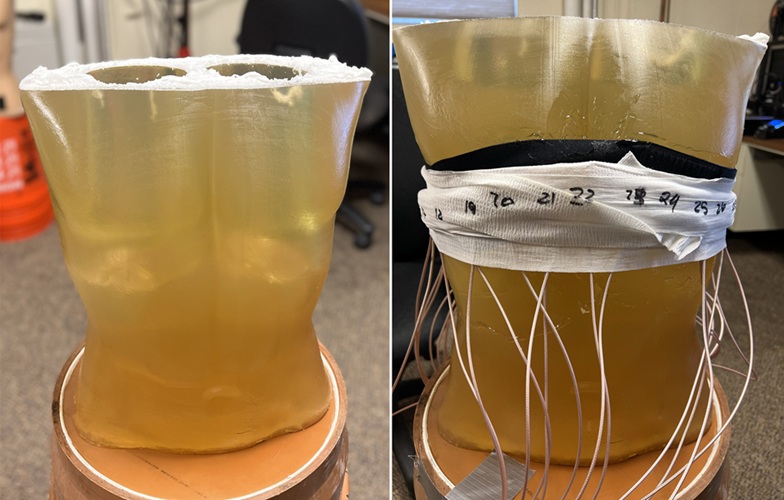
New Medical Ultrasound Imaging Technique Enables ICU Bedside Monitoring
Ultrasound computed tomography (USCT) presents a safer alternative to imaging techniques like X-ray computed tomography (commonly known as CT or “CAT” scans) because it does not produce ionizing radiation.... Read more
New Incision-Free Technique Halts Growth of Debilitating Brain Lesions
Cerebral cavernous malformations (CCMs), also known as cavernomas, are abnormal clusters of blood vessels that can grow in the brain, spinal cord, or other parts of the body. While most cases remain asymptomatic,... Read moreNuclear Medicine
view channel
New Imaging Approach Could Reduce Need for Biopsies to Monitor Prostate Cancer
Prostate cancer is the second leading cause of cancer-related death among men in the United States. However, the majority of older men diagnosed with prostate cancer have slow-growing, low-risk forms of... Read more
Novel Radiolabeled Antibody Improves Diagnosis and Treatment of Solid Tumors
Interleukin-13 receptor α-2 (IL13Rα2) is a cell surface receptor commonly found in solid tumors such as glioblastoma, melanoma, and breast cancer. It is minimally expressed in normal tissues, making it... Read moreGeneral/Advanced Imaging
view channel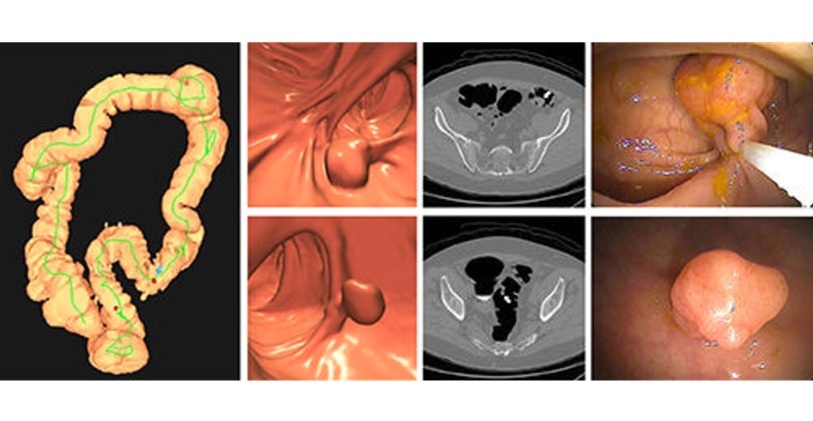
CT Colonography Beats Stool DNA Testing for Colon Cancer Screening
As colorectal cancer remains the second leading cause of cancer-related deaths worldwide, early detection through screening is vital to reduce advanced-stage treatments and associated costs.... Read more
First-Of-Its-Kind Wearable Device Offers Revolutionary Alternative to CT Scans
Currently, patients with conditions such as heart failure, pneumonia, or respiratory distress often require multiple imaging procedures that are intermittent, disruptive, and involve high levels of radiation.... Read more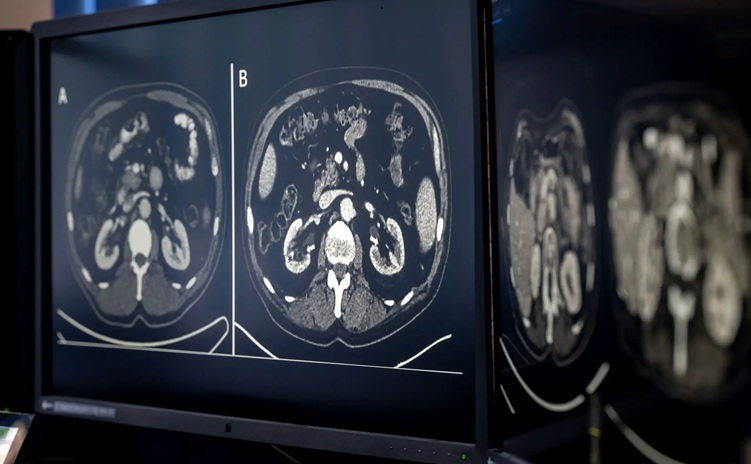
AI-Based CT Scan Analysis Predicts Early-Stage Kidney Damage Due to Cancer Treatments
Radioligand therapy, a form of targeted nuclear medicine, has recently gained attention for its potential in treating specific types of tumors. However, one of the potential side effects of this therapy... Read moreIndustry News
view channel
GE HealthCare and NVIDIA Collaboration to Reimagine Diagnostic Imaging
GE HealthCare (Chicago, IL, USA) has entered into a collaboration with NVIDIA (Santa Clara, CA, USA), expanding the existing relationship between the two companies to focus on pioneering innovation in... Read more
Patient-Specific 3D-Printed Phantoms Transform CT Imaging
New research has highlighted how anatomically precise, patient-specific 3D-printed phantoms are proving to be scalable, cost-effective, and efficient tools in the development of new CT scan algorithms... Read more
Siemens and Sectra Collaborate on Enhancing Radiology Workflows
Siemens Healthineers (Forchheim, Germany) and Sectra (Linköping, Sweden) have entered into a collaboration aimed at enhancing radiologists' diagnostic capabilities and, in turn, improving patient care... Read more











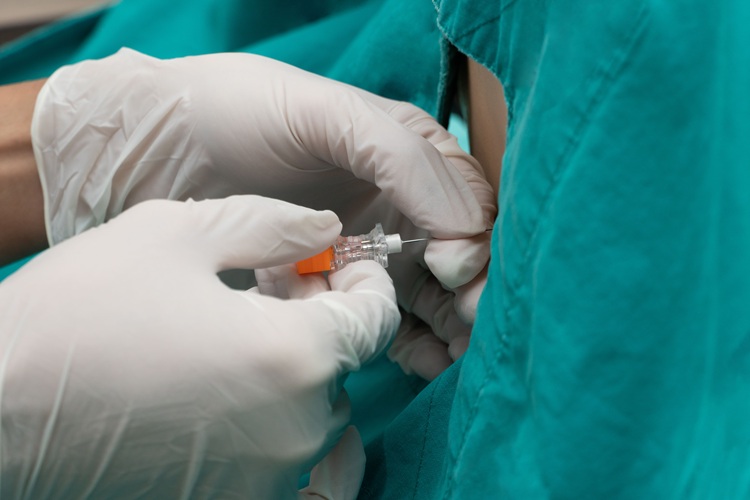
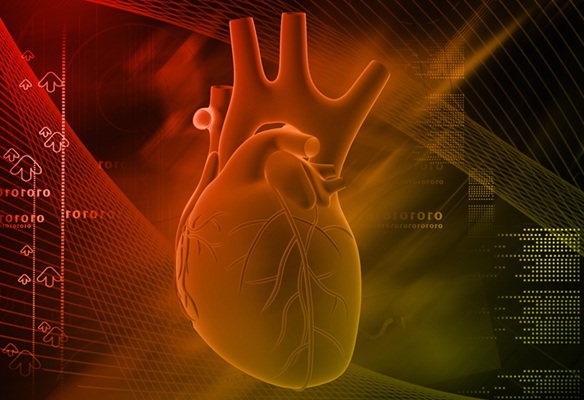
.jpeg)



